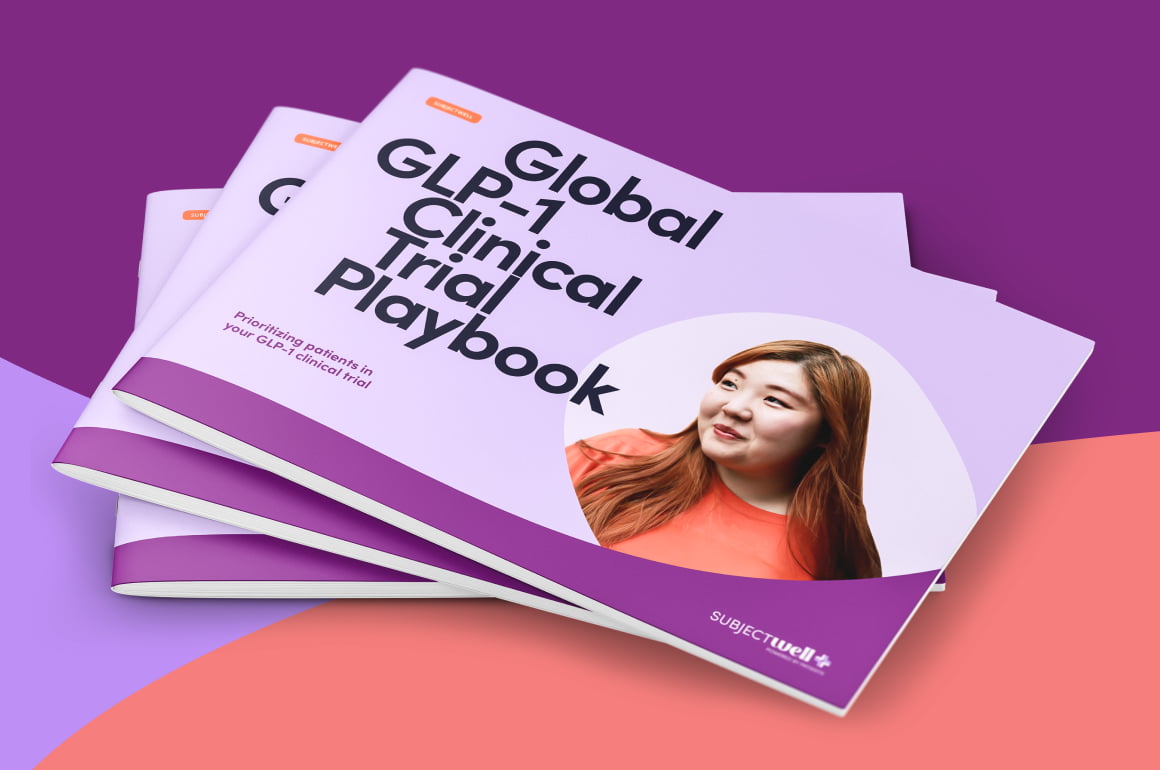OVERVIEW
This Secondary Screening study was created leveraging SubjectWell’s live data sets and conducted to evaluate its effectiveness in improving referral quality and study outcomes. This consolidated analysis summarizes the key results and insights of the study outcomes with a clear and comprehensive understanding of the results.
The test ran from August 28, 2023, to October 5, 2023, encompassing all active studies, with additional optimizations tested on three underperforming studies. The findings highlight both the screener’s overall effectiveness and potential for further refinement through adaptive adjustments, as detailed in the sections below.
Why is Secondary Screening important?
The goal of Secondary Screening is to reduce site burden and deliver higher-quality referrals to study teams. This service is particularly valuable when the study team feels that referral quality needs improvement or when clinical sites are overwhelmed and struggling to manage the volume of referrals. By implementing Secondary Screening, study teams can ensure that only the most qualified participants progress to site-level interactions, allowing sites to focus on delivering exceptional care and executing the study efficiently.
Referrals generated via Secondary Screening are 68% more likely to schedule an appointment compared to standard web-screened referrals.
Key findings
1. Improved referral quality
- Referrals generated via Secondary Screening are 68% more likely to schedule an appointment compared to standard web-screened referrals.
2. Reduced referral volume
- Secondary Screening allows for a 42-48% reduction in referral volume, alleviating site overload while maintaining performance.
3. Stable performance metrics
- No statistically significant difference in appointments scheduled per visit between Secondary Screening and web screeners, ensuring these benefits do not come at the expense of overall study outcomes.
4. Optimization potential
- Adjustments to the minimal screener question set demonstrated significant performance improvements, indicating potential for further refinement and customization.
Performance metrics
APPOINTMENTS PER REFERRAL
Including all studies:
- Test Group: 32% (vs. Control Group: 21%, +52%).
Excluding three underperforming studies:
- Test Group: 37% (vs. Control Group: 22%, +68%).
This improvement is statistically significant at the 95% confidence level, even with underperforming studies included.
APPOINTMENTS SCHEDULED PER 100 VISITS
- Slightly lower for the Test Group than the Control Group, but not statistically significant at the 95% confidence level
- The metric becomes insignificant when factoring in Second-Chance Successes, where the Test Group performs better.

SECOND-CHANCE SUCCESSES
Secondary Screening referrals often lead to higher-quality Second-Chance Successes.
While the overall volume of Second-Chance referrals shows no clear trend, the Test Group consistently outperforms in quality, likely due to repeated screening via Secondary Screening.
CONSENTS AND RANDOMIZATIONS
The Test Group generated slightly fewer consents and randomizations compared to the Control Group. However:
- These differences were not statistically significant across any data subsets.
- This is likely due to limited sample sizes rather than inherent issues with the screener.
Conclusion
Secondary Screening delivers substantial benefits, including higher-quality referrals, reduced volume, and stable overall performance. The ability to refine and optimize screener questions further enhances its utility, as demonstrated by the success of adjustments for study 2492.
KEY TAKEAWAYS
- Secondary Screening is a powerful tool for improving study outcomes while reducing site burden.
- Customization and iterative improvements can unlock even greater potential.
- Further analysis with larger sample sizes can help confirm long-term trends in consent and randomizations.






